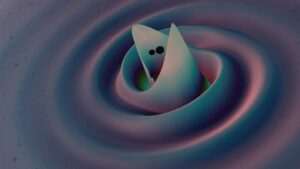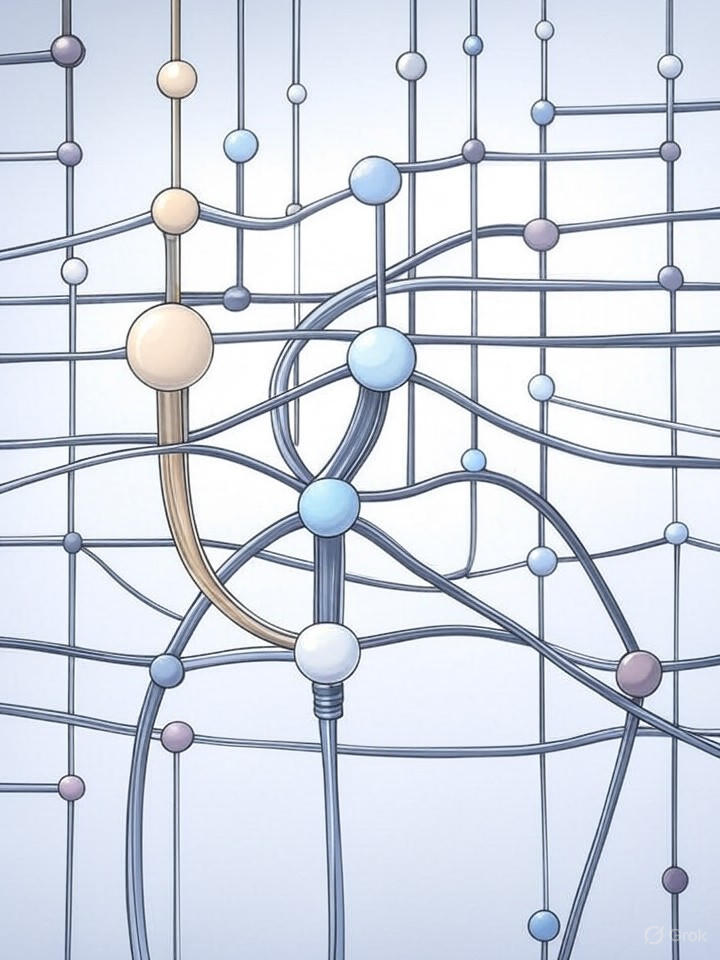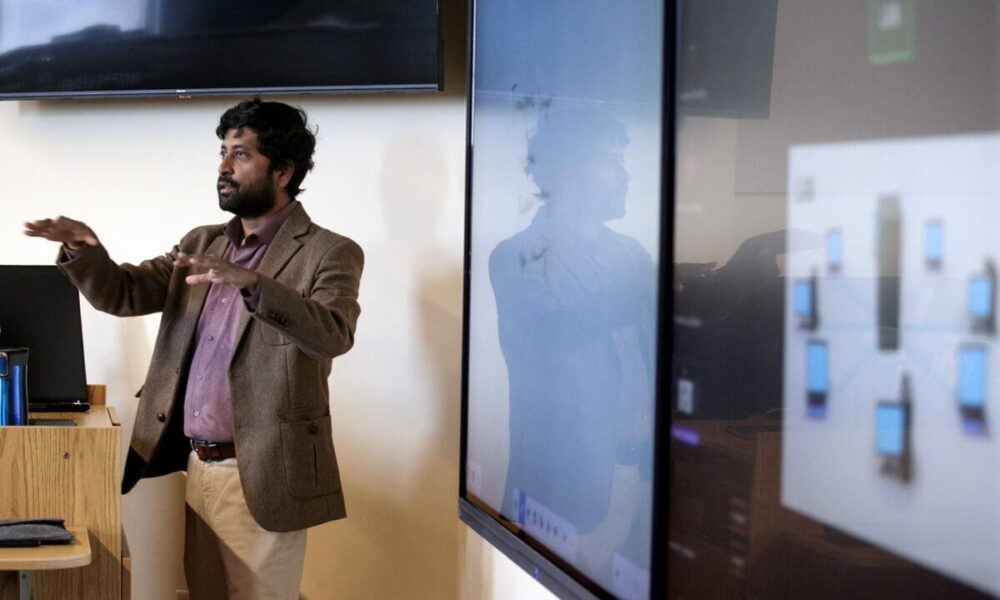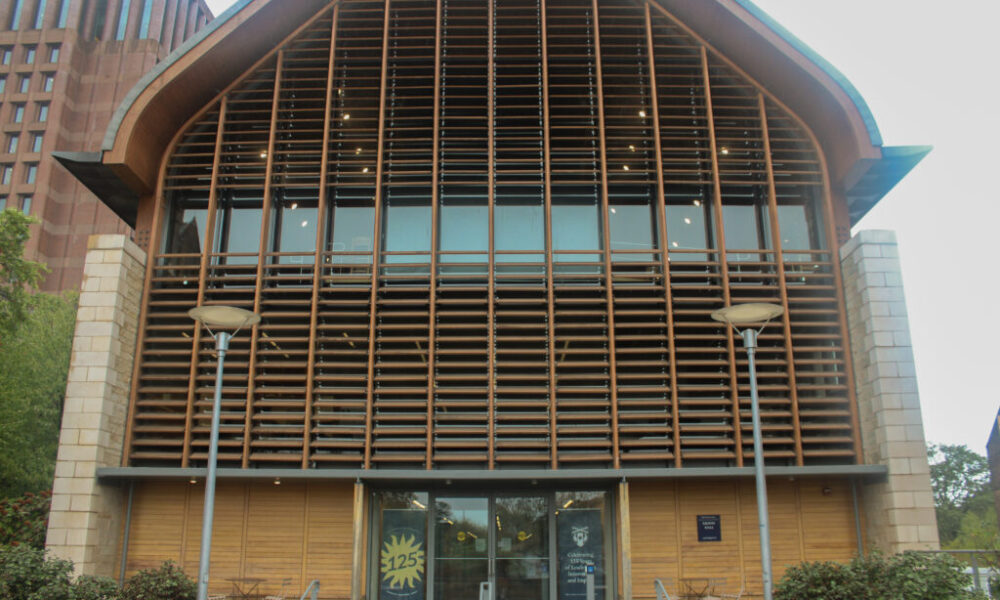On September 14, 2015, at 04:51 Central Time, scientists made a momentous discovery: the detection of gravitational waves, resulting from the collision of two black holes. This event marked a historic milestone in astrophysics, as it was the first time humanity witnessed the merging of celestial bodies through gravitational wave signals. The black holes involved had masses of 29 and 36 times that of the sun and had been orbiting each other for millions of years before their eventual collision.
This groundbreaking event has led to significant advancements in our understanding of the universe. Researchers within the College of Arts and Science have played a pivotal role in these developments, contributing to the evolving scientific field of black holes and gravitational waves. Their work has not only expanded theoretical models but has also provided practical insights into the nature of these enigmatic phenomena.
Advancements in Gravitational Wave Astronomy
Since the first detection, the field of gravitational wave astronomy has flourished. Numerous observatories around the world, including the Laser Interferometer Gravitational-Wave Observatory (LIGO), have reported multiple detections of gravitational waves. These observations have unveiled a wealth of information about the cosmos, including the formation of black holes and the dynamics of their mergers.
Astrophysicists have identified various types of gravitational wave events, deepening our knowledge of the universe’s structure. Each detection has reinforced the importance of collaborative research and international scientific efforts, with institutions worldwide contributing to this burgeoning field.
The implications of these discoveries extend beyond theoretical physics. They offer new opportunities for understanding the origins of the universe and the fundamental forces that govern it. As astrophysicists continue to analyze data from gravitational waves, they are unraveling mysteries about the life cycles of stars and the fate of black holes.
The Future of Astrophysics
Looking ahead, the excitement surrounding gravitational wave research shows no signs of waning. As technology advances, scientists anticipate even more sensitive detectors that can capture fainter signals from cosmic events. The next decade promises to be transformative for the field, with the potential for groundbreaking findings that could reshape our understanding of the universe.
The contributions of the College of Arts and Science highlight the collaborative nature of modern science. By leading innovative research initiatives, these astrophysicists are not only enhancing our comprehension of black holes but are also inspiring future generations of scientists to explore the cosmos.
As we commemorate the ten-year anniversary of this landmark discovery, the impact of gravitational wave detection on science and society continues to resonate. The journey has just begun, with many more secrets of the universe waiting to be uncovered.







